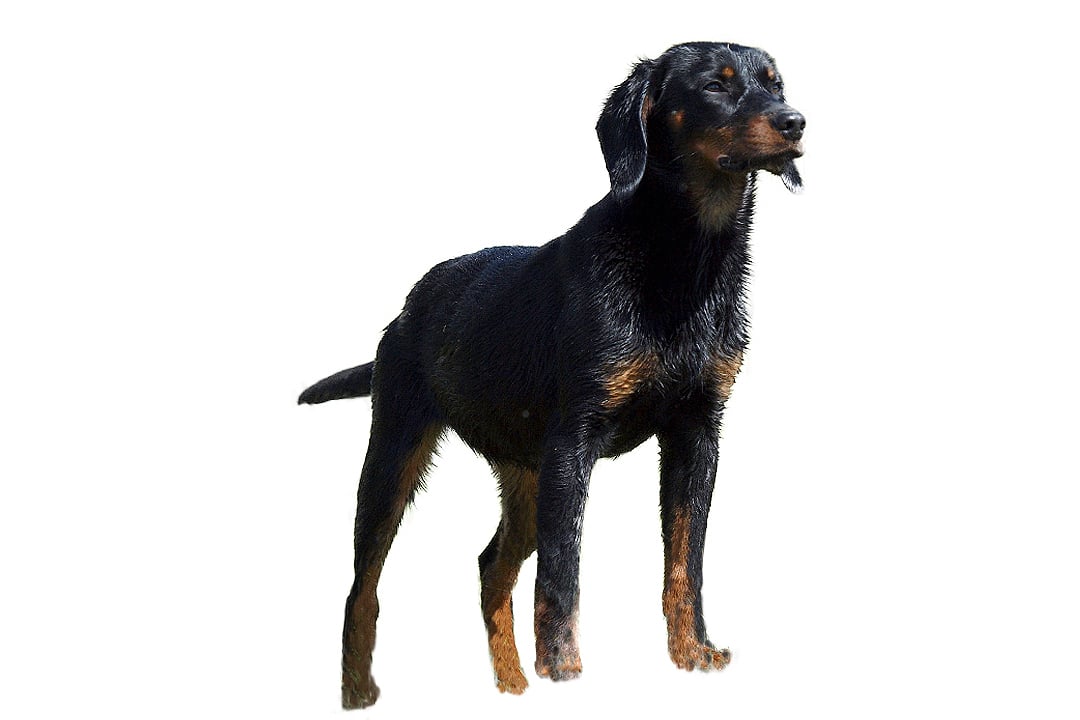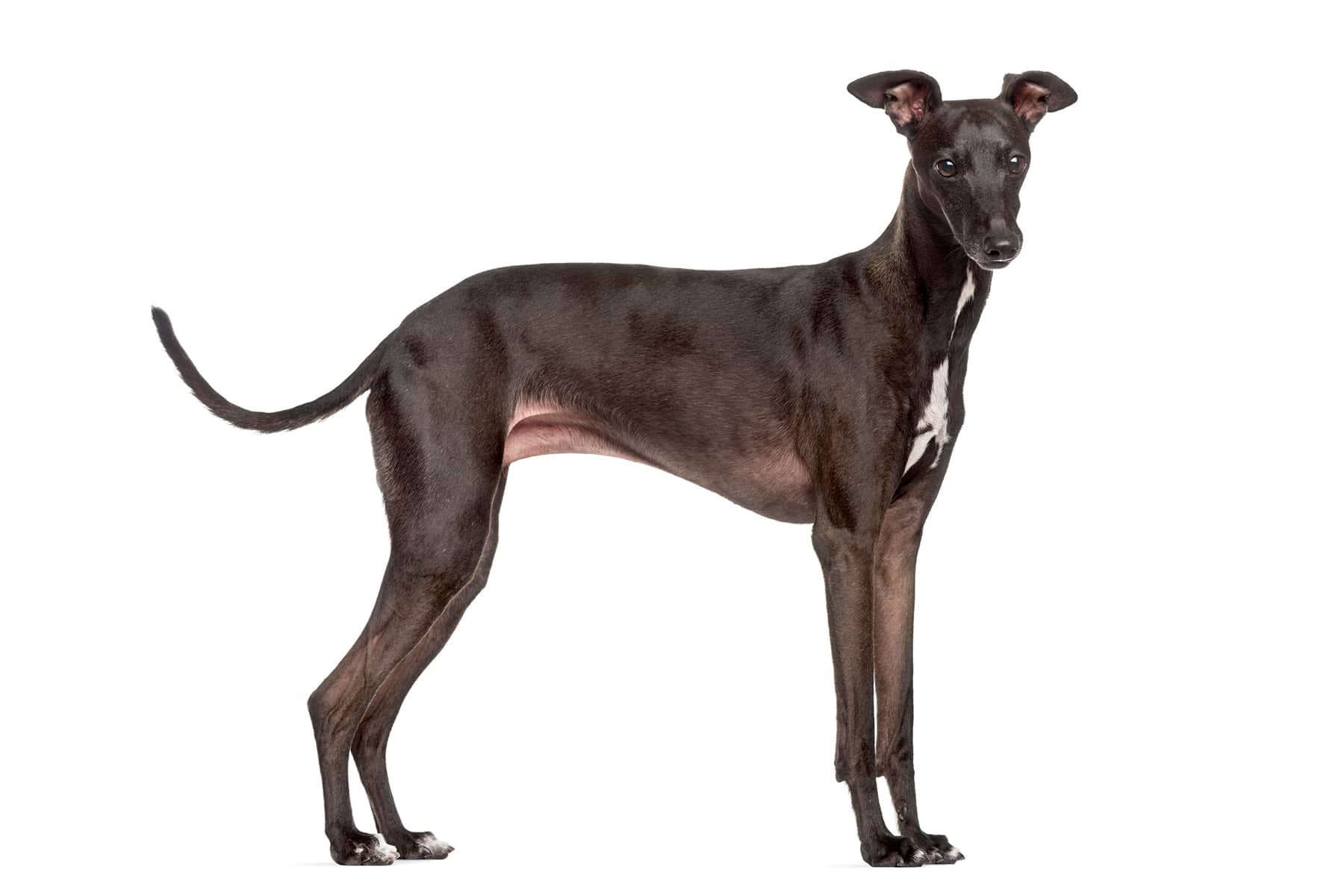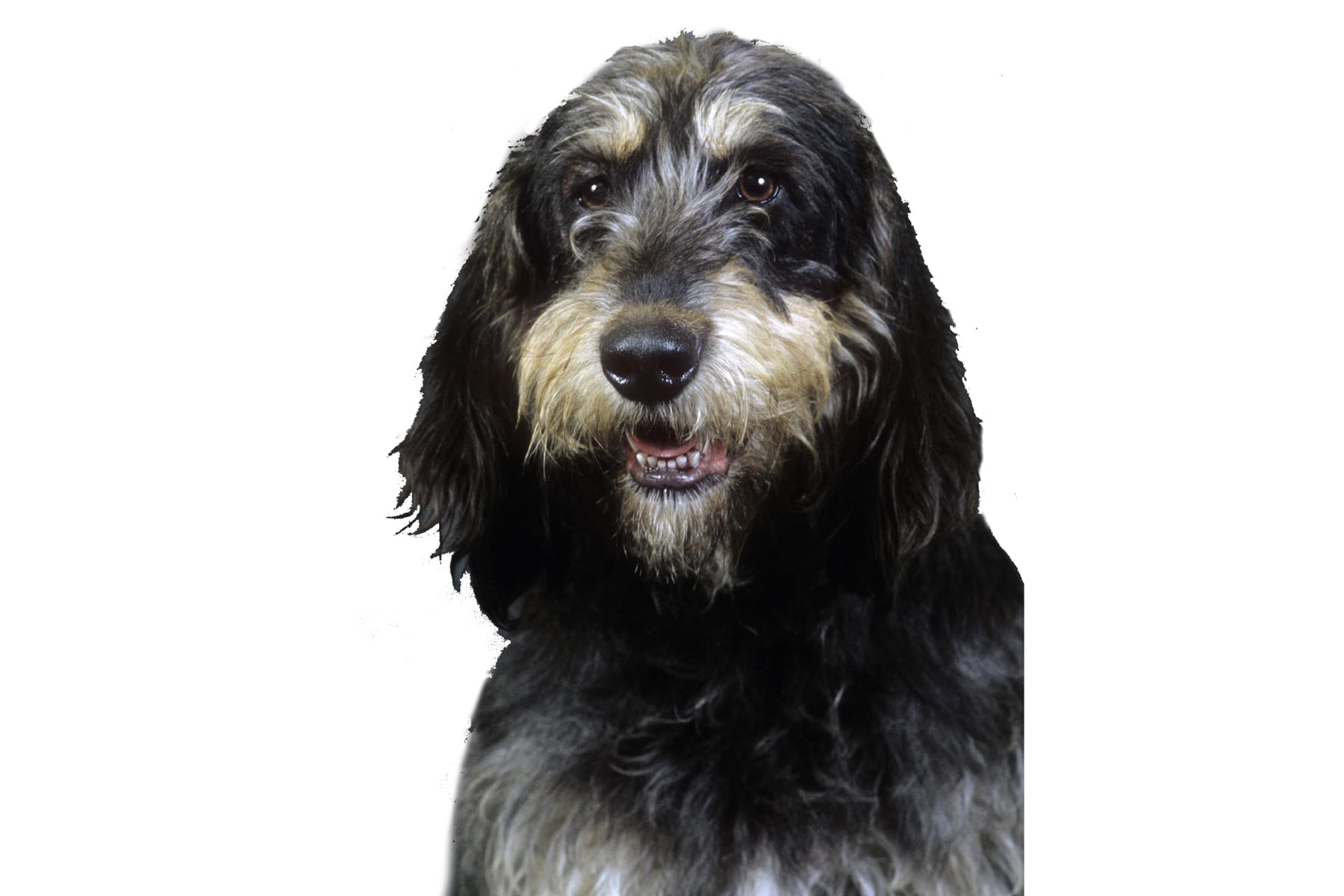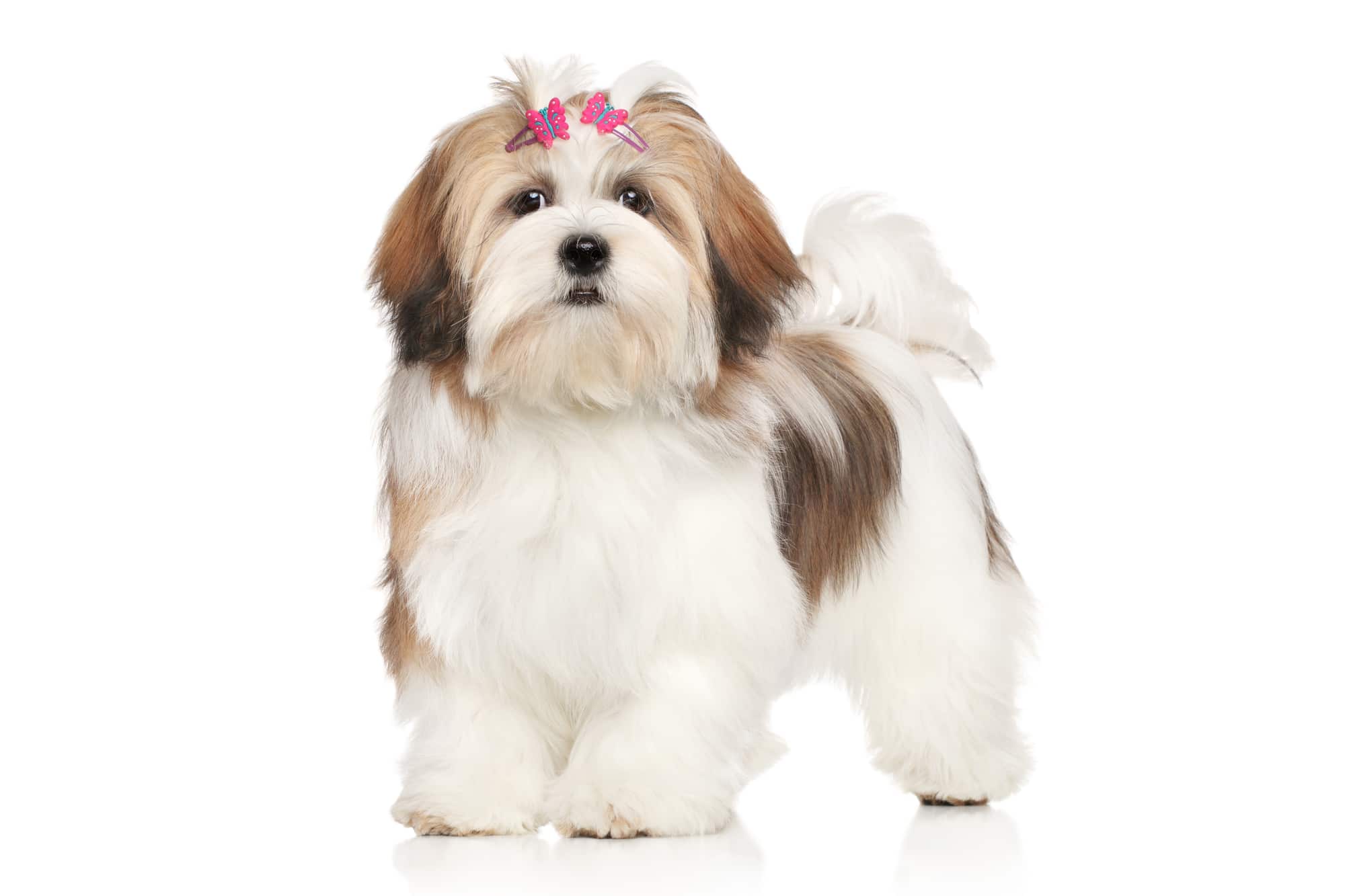Appenzeller Sennenhund
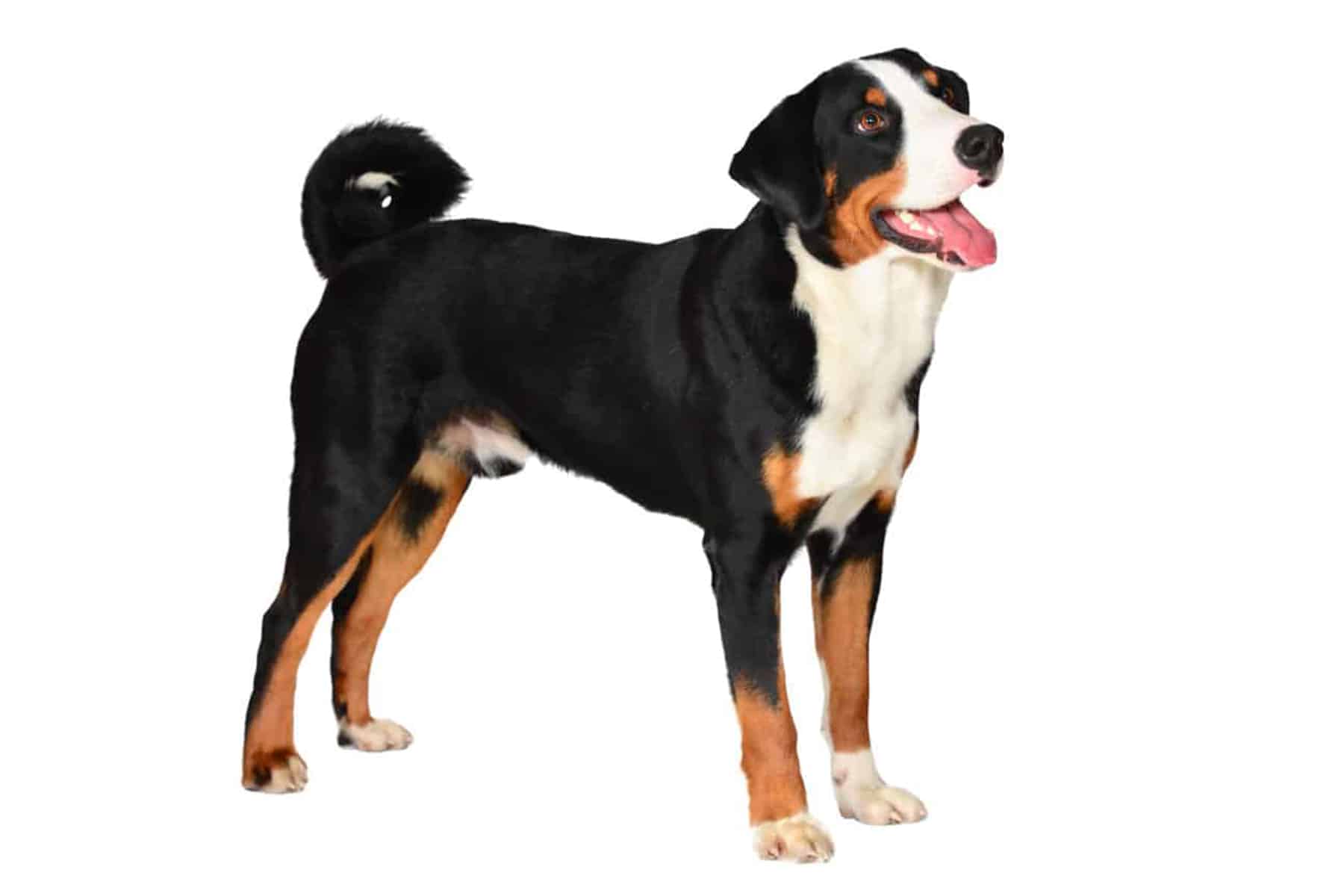

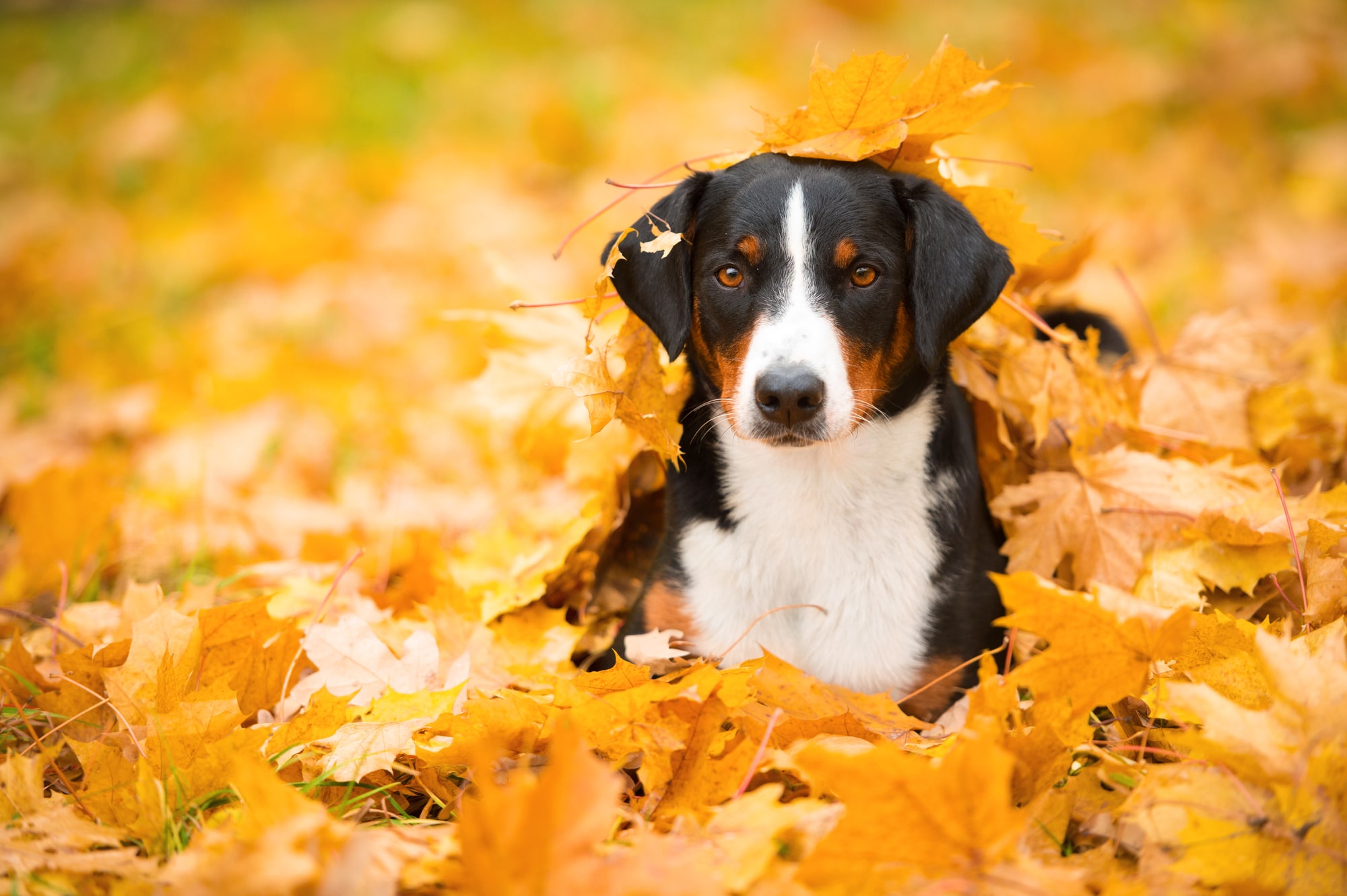
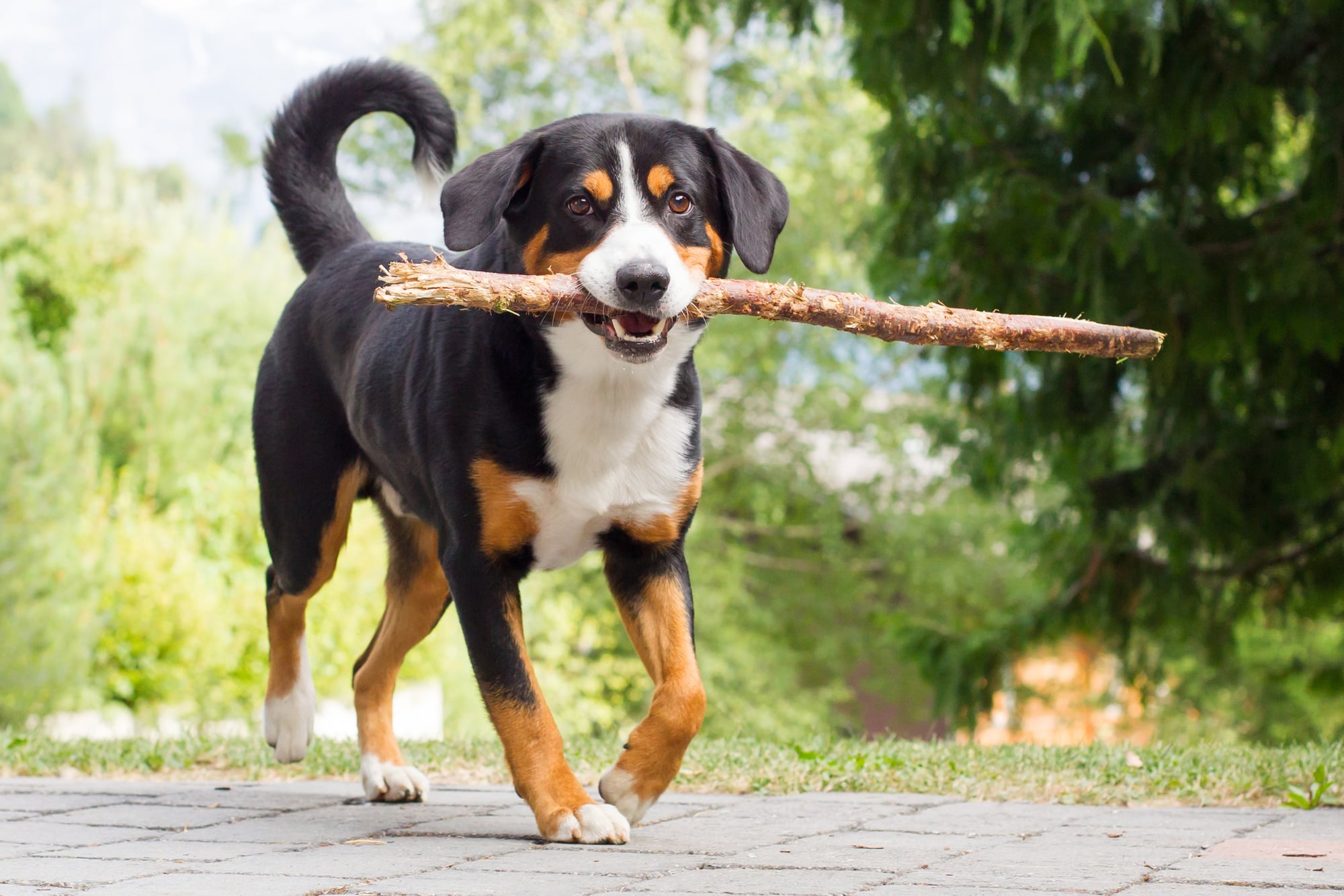
Temperament:
Hardly any other dog breed keeps its owner as busy as the Appenzell Sennenhund. He is a true outdoorsman and a powerhouse. At the same time, he always keeps a watchful eye on his surroundings. Due to its history and character, it was mainly used as a herding dog for farmers and shepherds for a long time. The vociferous four-legged friend also fits in well in a family environment. The prerequisites for this are sufficient attention and plenty of exercise.
Characteristics
As an enduring athlete, the Appenzell Sennenhund needs plenty of exercise. In the open country, keeping a large herd of livestock together is one of its strengths. Its speed and agility qualify it for this work. It is definitely not suitable for leisurely people. A partner who shares his outdoor interests with him is considered ideal. His unwavering thirst for action goes hand in hand with a high level of comprehension.
As an extremely eager-to-learn four-legged friend, he is open to a wide range of tasks. His reputation as a guide dog and animal helper in the ambulance service is excellent. He is suspicious of strangers. He announces anything unfamiliar with unmistakable barking. Vigilance, loyalty and above all the protection of his pack are his top priorities.
Due to his character, he needs strong leadership. Especially the loud way of communicating can quickly attract attention in a quiet neighborhood. A very consistent training style is therefore necessary. Only then will he adhere to the desired rules. Despite its unruly temperament, the Appenzell Sennenhund is very social. Family activities and playful games with children are close to his heart. It is open-minded towards other dogs of the same species.
This breed also exudes a strong self-confidence at a distance. It moves as quick as an arrow in confusing terrain. It is of medium size. Its strong build underlines its great stamina and willingness to run.
Adult males reach a height at the withers of 52 to 56 cm. Females are hardly inferior at around 50 to 54 cm. The wedge-shaped head forms a harmonious unit with the triangular floppy ears. The small eyes give his facial expression a majestic touch.
The chest, which is proudly presented, is particularly striking. The stock hair is predominantly black-brown. The face, legs, chest and belly have clearly defined zones. These are dominated by white and a strong reddish brown.
The strongly curved tail is also typical of the Appenzell Sennenhund. The nickname "Posthörnchen" refers directly to this part of the body. Thanks to the warming coat, very low temperatures are not a problem. According to the FCI, the Appenzeller belongs to the Pinschers and Schnauzers.
Coat care:
Shedding:
Energy level:
Trainability:
Children suitable:
The right food
Both puppies and adult animals love to let off steam and are almost insatiable. Nevertheless, their energy requirements should not be overestimated. Only the right amount of food guarantees healthy development. This will keep your Appenzeller Sennenhund happy, strong and fast.
Obesity is a danger for them, especially in old age. These loyal animals do not set any particular priorities in their diet. This is why they generally have a good appetite. Out of curiosity, the Appenzell Sennenhund likes to eat leftovers. Unfortunately, this means that it is partly out of your control and gains weight quickly.
Always pay attention to the right amount of food. Too much food initially accelerates growth. Later, this takes its revenge in the form of an increased risk of disease in joints and organs. This also applies to an oversupply of vitamins and minerals.
Patience and caution are urgently required when feeding. The first signs of too much body fat make your animal friend sluggish. As a result, his willingness to move and learn decreases dramatically. Difficulties palpating ribs or hips also indicate weight problems. High-quality meals in small quantities are preferable to a full bowl.
The amount of food is very important. The Appenzeller cannot thrive if undernourished. In old age, it can no longer compensate for deficits.
Health & Care
Compared to other breeds, the Appenzell Sennenhund requires little grooming. The stock coat only needs occasional grooming. A short brushing is sufficient. Nevertheless, regular grooming is not trivial. Coarse dirt such as dry mud requires the use of shampoo.
Parasites have an easy time of it, especially in the less hairy areas. These areas must be searched particularly thoroughly. The anus and paws must be cleaned of stubborn dirt residues. Otherwise the fun-loving animal risks an infection in these sensitive areas.
In winter, a comb helps to remove the loose undercoat. This is done twice a year. The hair between the paws should also be carefully trimmed.
The Appenzell dog is a busy animal in the truest sense of the word. They like to take on tasks and fulfill them with a great sense of duty. Extensive exercise remains a basic requirement for keeping them. Unfortunately, short walks in the countryside are not enough for this breed. Rather, it needs an athletically inclined person as a partner. In return, this spirited dog will keep you fit through constant exercise. You could hardly wish for a better partner for outdoor activities.
The four-legged friend's irrepressible curiosity remains a major challenge for you. Its obedience enables you to train it quickly. The prerequisite for this remains the physical and mental exercise of the demanding animal. A sensible training and entertainment program is part of caring for the herding dog.
Suitable accessories
The Appenzell Sennenhund's curiosity and mistrust place high demands on its training. The right toys and their appropriate use are therefore of great importance. This is the only way to encourage the animal in a targeted manner.
Of course, these dogs also love the classic hunting games with balls. However, these underchallenge their nature in the long term and shape their hunting instinct too strongly. Tasks that make them think are more suitable. These include, for example, guessing games, search games or learning terms when retrieving.
As a versatile working animal, the dog needs additional equipment depending on the area of use. This should always be of good and robust quality. It must be able to move freely while working.
As far as treats are concerned, you should choose low-calorie options wherever possible. In this way, you can prevent premature obesity through small rewards.
For a low-maintenance coat, all you need is an ordinary dog brush. A coarse-toothed comb helps to remove the undercoat when shedding.
Thanks to the high weather resistance of the coat, there is no need to buy a winter blanket. The cold season has little effect on this robust dog breed.
Despite its protective instinct, the Appenzeller is not considered to be biting if properly trained. However, the muzzle requirement varies depending on where you live and the legal situation.
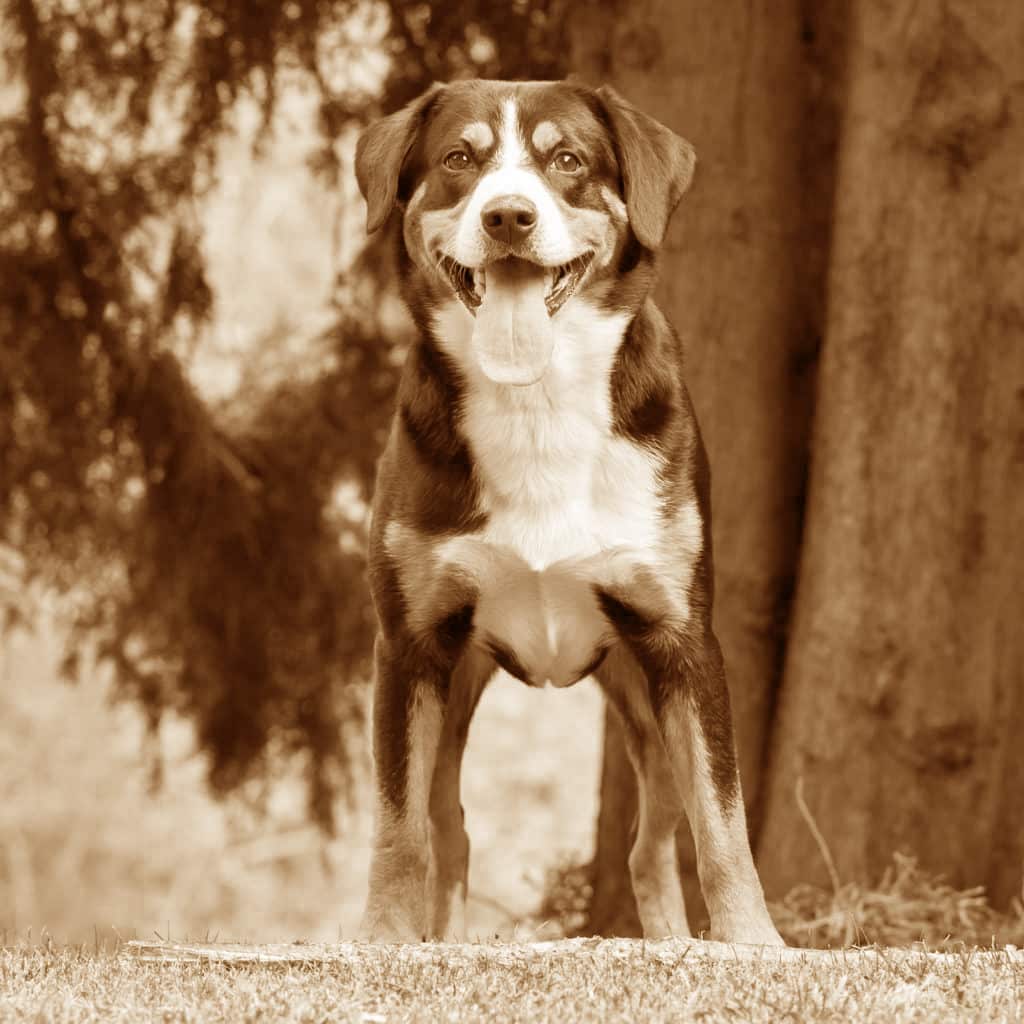
Origin & History
The origin of the Appenzell Sennenhund is often associated with Switzerland. The actual origin is not fully understood. However, historians have speculated that it originated in the Roman Empire. Troop units carried a fighting dog with them on their campaigns through Switzerland. Its characteristics match those of the Appenzell Sennenhund in many respects. Since then, this ancestor has gained a foothold in its new homeland, the Appenzell region.
Nonetheless, its reputation as a Swiss primitive rock is not unfounded. A report in "Tierleben der Alpenwelt" from the 19th century documents its character traits. There is no doubt that he was very popular with Appenzell farmers at the time. The Swiss Max Sieber took care of the capable and loyal animals. He soon recorded the breed's typical characteristics in the Swiss Cynological Society.
In 1898, eight animals were presented at an international exhibition. All of them corresponded to the new breed from the Appenzell region. From then on, they were called mountain dogs for the first time.
The intelligent and eager dogs also aroused the interest of Zurich professor Albert Heim. He too was soon enthusiastically committed to promoting and preserving the breed. The result was the founding of the "Appenzeller Sennenhunde-Club" in 1906. Just eight years later, Heim fundamentally defined the breed standard for the first time.
This is still valid today and recognized by the FCI. The Appenzell Sennenhund forms a community in the category of Swiss Mountain Dogs. This includes the Bernese Mountain Dog, the Entlebuch Mountain Dog and the Greater Swiss Mountain Dog. Due to the difficulty of breeding, however, its distribution is very limited.
Today, the Appenzell Sennenhund is considered an endangered breed. This is partly due to the narrow breeding base. The danger of inbreeding increases the risk of hereditary diseases. Due to the dramatic situation, the Swiss ProSpeciaRara Foundation has taken up the cause of the breed. Its employees are committed to the continued existence and welfare of the breed.
